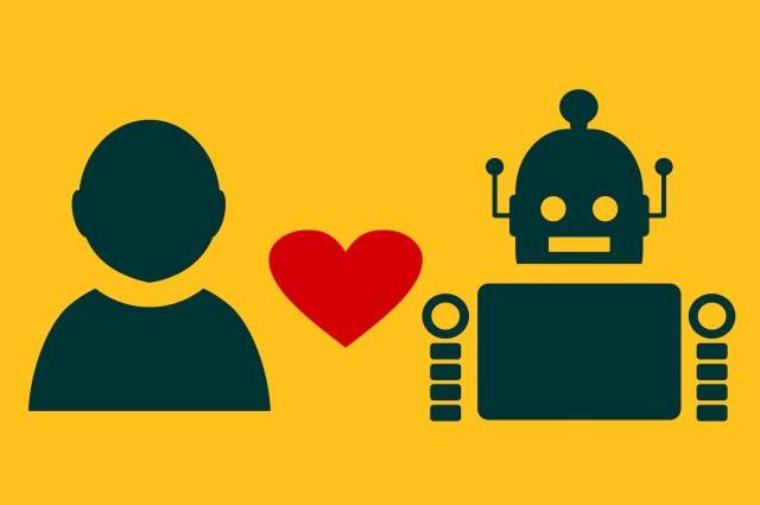Never Fear, Robots Are Here

This article was originally published on Re/code (www.recode.net) on April 20, 2016.
It seems as if robots are everywhere these days. The video-gone-viral of Boston Dynamics' new Atlas robot conjured up reactions of fear with its humanoid form, organic agility and physical prowess. Last week, Google showed off its new, bipedal Schaft robot at the New Economic Summit in Tokyo. And just a few days ago, the University of Science and Technology of China revealed its latest creation, called Jia Jia, "the robot goddess," stirring up quite the reaction from netizens, who called her "insanely human."
It might freak you out that Jia Jia is eerily human-like, capable of engaging in light conversation with light facial expressions. From a short distance, you probably couldn't differentiate her from an actual person. This is where things might get weird for some people who fear the possibility that this robot might one day be integrated into society.
Not me. Instead of scaring me, it makes me all the more eager and excited. Robotic projects like Atlas, Schaft and Jia Jia are why I got into robotics in the first place.
As an engineer, specifically a robotics and mechatronics engineer, I am more interested in science fiction than the average person. Sure, I've read the stories and watched the movies about "hostile robotic takeovers," but I've also seen and read stories where robots do not take over and do not end our society. Stories demand conflict. What greater conflict than a violent struggle when something, initially created to aid, turns to conquer its creator? But these stories should not dissuade us from exploring the technology. After all, fictional stories of alien invasions are equally prevalent, but those haven't stopped our exploration of space.
We're living in a time with a staggering influx of automated procedures: Driverless cars, automated surgical robots, robotic "pack-mules," Mars rovers, and now humanoid, self-standing robots. And as a society, we have grown accustomed to the luxuries of automated manufacturing and computer-aided design. The iPhone wouldn't be an affordable or even possible device if the manufacturing for its components were not perfectly repeatable for each unit. We are buying thinner televisions, smaller computers, cellphones with higher-definition screens, more computing power and smaller form factors.
None of these devices would be possible without the advances in automated manufacturing. Yet, for whatever reason, these robots do not strike fear into the heart of the masses. Why should the humanoid form frighten us so?
Footage of various tests performed on these robots is what receives the largest reaction. Watching a humanoid form being pushed down, or a four-legged, dog-like robot kicked for no other reason than to see how the robot reacts to the sudden and unexpected force, fills viewers with sympathy. Watching a conversation where Jia Jia seems utterly subservient to her creators has even conjured feelings of sexism. After all, these robots are becoming more and more like the familiar forms of our loved ones.
It's important to distinguish these tests from outright abuse, as the robots need to be tested for the reaction to such chaotic events. The robot must fall to learn to pick itself back up; it needs to know how to recover from dropping the object it was carrying.
Imagine you were carrying a bag of heavy groceries and the bag ripped open. Would you continue walking like nothing happened, unaware of the sudden loss of weight? No, you would stop, collect your items and carry on. The robots need to "learn" these lessons, too, or at the very least not tip over after such an event. If we are to make robots more familiar in appearance, we will need to continue studying and implementing some of our society’s nuances like facial expressions and tone of voice.
As long as this technology continues to progress from a strictly non-weaponized perspective, there's nothing to fear. As a master's student at Santa Clara University, I recently had a discussion with several undergraduate engineering students who, for a junior design project, had designed an elaborate clamp device to allow aid animals to more easily open doors for their masters.
Imagine how much more convenient this solution could be with a robot like Atlas, Schaft or Jia Jia. Individuals in wheelchairs could more easily have doors opened for them, heavy packages moved for them and so on. This sort of development in robotics has potential to revolutionize caretaking services. A lot of good can come from these technological advancements, so let us not shy from these benefits simply because we are scared of a "robotic overlord."
Scott Hunter is a master’s student at Santa Clara University studying mechanical engineering with a focus in robotics and mechatronics.